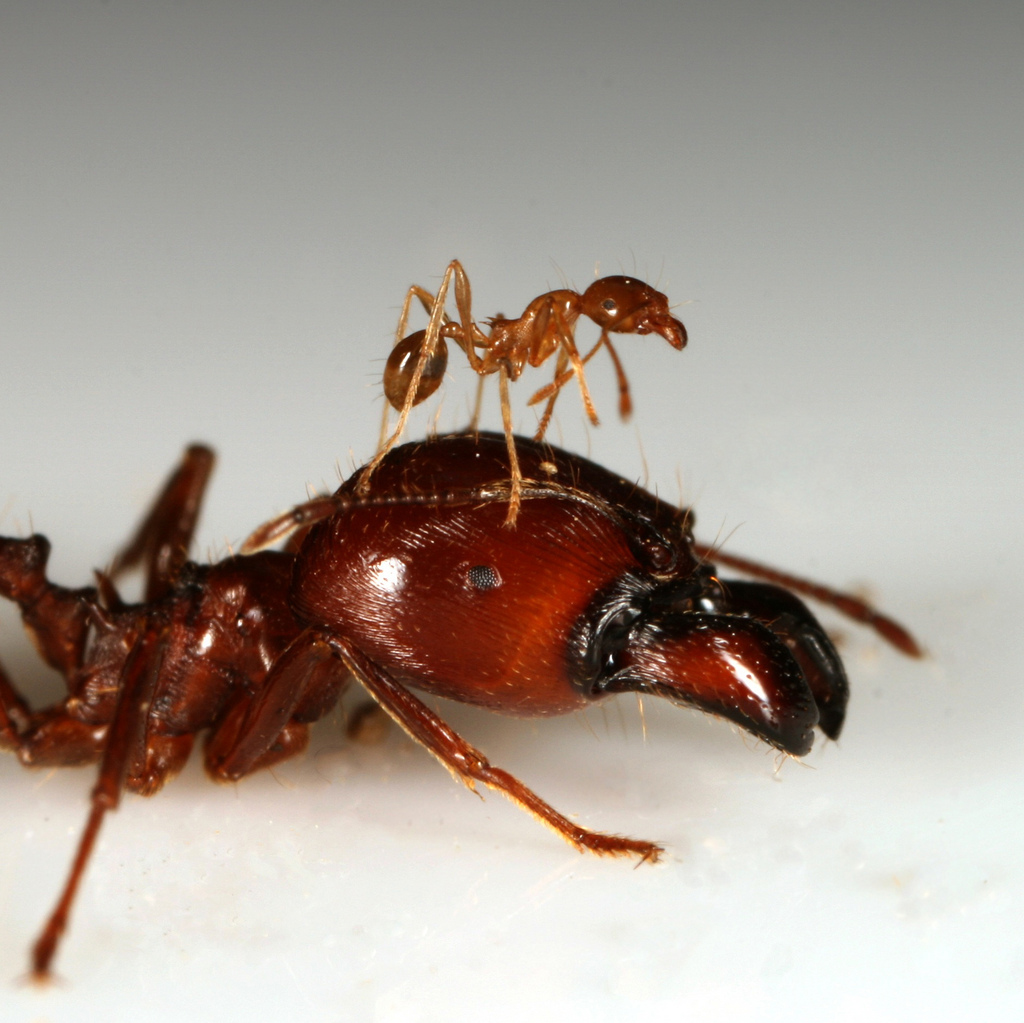It turns out your high school science teacher was wrong. While evolution can seem like a random series of events, some researchers are arguing that there may be a non-random, or even predictable, aspect to the process.
Ehad Abouheif, Canada research chair in evolutionary developmental biology, and associate professor of biology at McGill, conducts research on ants and the nature of evolution. Ants are ideal for study because they have a complex social hierarchy—workers, soldiers, queens—as well as great diversity, with over 15,000 species.
“Because they are so dramatic, they make phenomenons that are often hard to see in other organisms [obvious], and bring out effects that you could easily miss with a solitary creature,”Abouheif said.
One of his main projects involves super solider ants, vastly larger and stronger than regular soldier ants (the colony protectors), these insects were discovered in the colonies of several species in Arizona. However, Abouheif stumbled upon super soldiers in ant colonies in Long Island, nearly 4,000 km from Arizona. He began studying these colonies, hoping to discover the trait that triggers the transformation.
Abouheif injected larvae with growth hormones at different points in their development, and eventually found the critical moment when the the super soldier gene could be activated. Rather than developing into small, short-lived worker ants, these larvae grew into giant super soldiers. Furthermore, Abouheif found that while few had these giants in their natural colonies, many species of ant larvae could successfully become super soldiers in the lab.
“[Historically], there were super soldiers,” Abouheif said. “Then somewhere in evolution, [ants] lost the phenotypic expression of them, but they retained this potential to produce them; that given some kind of environmental stress, with hormones and nutrition […] you can get the super soldiers to pop out.”
This discovery reinforced Abouheif’s belief that environmental cues play a crucial role in genetic expression, and that freak ants reveal a hidden evolutionary potential that may be present in all species. As humans ingest an increasing amount of growth hormone in food, we could potentially unlock traits only seen in our ancestors.
Another piece of this evolutionary puzzle arose in separate research. Abouheif found an unusual trait in a species of tropical ants: their heads were split down the middle, with one half male and the other female. In another case, the heads were half worker, and half soldier.
Abouheif uncovered a seven-year-old report of the split-head ants on a completely different continent, in a separate species of ant. Digging through older literature, Abouheif came across even more examples.
The split-head trait cannot be entirely genetic, says Abouheif. It is not only due to a mutation in the genome, but also some environmental factor which is changing the way in which the genes are expressed. The fact that this trait occurred and survived in so many isolated colonies was telling to Abouheif.
“We [are] seeing this really rare thing that’s revealing a deep predictability about evolution.”
Discoveries like these are changing assumptions about the random nature of evolution. Super soldiers “are not totally bizarre, random freaks,” but the result of genes from an organism’s ancestry reacting to environmental stimuli.
If evolution is not entirely random, then the ability to predict patterns in genes’ expression will allow for a greater understanding of all organisms, Abouheif says.
“Who knows what kind of potentials we could be activating in humans, other animals, all kinds of things.”







